Theatre Journal ( IF 0.8 ) Pub Date : 2024-07-23 , DOI: 10.1353/tj.2024.a932162 Avishek Ganguly
- Theatre and Translation, Again
- Avishek Ganguly
In 2007, Jean Graham-Jones coordinated a special issue of Theatre Journal dedicated to the topic of translation vis-à-vis theatre and performance. To my knowledge, it still remains the only occasion when a substantial discussion of that topic has taken place in the pages of the journal, including the recently published seventy-fifth anniversary issue. This brief essay is an effort to revisit that earlier, groundbreaking issue in the spirit of how Laura Edmondson ends her extensive editorial comment for the recent anniversary issue: as a coarticulation of “critique with desire,” a wish list for what might appear in the journal over the next seventy-five years.1
Graham-Jones has long been interested in theatre and translation, but the explicit point of departure in her editorial vision for that special issue of Theatre Journal was the contemporaneous developments in the fields of translation theory and practice. In what follows, I attempt to offer not just a review but also a reading, necessarily telegraphic, of what Graham-Jones variously calls “the complexity” intrinsic to “theatrical translation practices,” or “translation in performance,” to suggest that in any attempt to think “theatrical translation in performance,” the underlying, not always productive, disciplinary tension between the fields of theatre studies and performance studies might necessarily come undone.2
The translational turn in comparative literature and cultural studies and the cultural turn in translation studies in Anglo-US academia in the 1990s were marked by an extra- ordinary flourishing of theoretically inflected writing on the practice of translation that continued well into the next decade. Consider the following examples: Gayatri Chakravorty Spivak’s now classic essay “The Politics of Translation” was published in 1992, as was Tejaswini Niranjana’s field-shaping book Siting Translation: History, Post-Structuralism, and the Colonial Context; Lawrence Venuti’s The Translator’s Invisibility was published soon after, in 1995, followed by Naoki Sakai’s influential Translation and Subjectivity in 1997. Among the most prominent books on the topic to appear in the following decade were Susan Bassnett’s widely read introduction to the field, Translation Studies (2002), Emily Apter’s The Translation Zone: A New Comparative Literature (2006), and Sandra Bermann and Michael Wood’s coedited volume Nation, Language, and the Ethics of Translation (2006).3 These attempts at theorizing translation would often but [End Page E-11] not always appear under the sign of poststructuralism and deconstruction, a pattern that can perhaps be traced a few years earlier to the publication of the English translation of what remains of Jacques Derrida’s most significant essay on the topic, “Des Tours de Babel” (1985).4
Even as this transdisciplinary conversation around translation was flourishing, the field of theatre and performance studies remained curiously hesitant to engage with it in a direct and substantial manner. Most discussion about theatre and translation would focus either on the literal act of transmitting a playtext from one language into another for publication or on the proverbial transfer from “page to stage,” a metaphor for the act of performing a written playscript. One exception to this trend, however, was an ongoing conversation about theatrical adaptation and its possible relationship with translation, which occasionally veered toward exploring some of the more philosophical assumptions behind those practices. Conversely, scholars primarily based in comparative literature or translation studies, such as those cited above, were mostly focused on prose fiction as the paradigmatic cultural form for thinking about the dynamics of translation. They analyzed primarily the novel—and occasionally the short story or, less occasionally, nonfiction or scholarly treatises—and directed insufficient attention to other literary forms like drama or poetry. It was in this state of affairs that the “Theatre and Translation” special issue of Theatre Journal offered an intervention in 2007.5
In laying the foundation for collaborative collections, whether a book or a special issue of a journal, the editorial introduction typically can play at least two roles: it can either scan the constituent essays for trends in the field and summarize them as a way of highlighting, post facto, the contribution of said collection, or it can demarcate a scholarly domain and set an intellectual agenda in advance...
中文翻译:

戏剧与翻译再次
以下是内容的简短摘录,以代替摘要:
戏剧与翻译再次- 阿维谢克·甘古利
2007 年,Jean Graham-Jones 协调出版了《戏剧杂志》特刊,专门探讨戏剧和表演的翻译主题。据我所知,这仍然是该杂志上对该主题进行实质性讨论的唯一场合,包括最近出版的七十五周年纪念特刊。这篇简短的文章试图以劳拉·埃德蒙森 (Laura Edmondson) 结束她对最近周年纪念刊的广泛社论评论的精神,重新审视之前那个开创性的问题:作为“与欲望的批评”的结合,是对可能出现在未来七十五年的日记。 1
格雷厄姆-琼斯长期以来对戏剧和翻译感兴趣,但她对《戏剧杂志》特刊的编辑愿景的明确出发点是翻译理论和实践领域的同时发展。在接下来的内容中,我试图不仅提供评论,而且还提供一种阅读,必然是电报式的,格雷厄姆-琼斯不同地称之为“戏剧翻译实践”或“表演翻译”固有的“复杂性”,以表明在任何思考“表演中的戏剧翻译”的尝试,戏剧研究和表演研究领域之间潜在的、并不总是富有成效的学科紧张关系都可能必然会失败。 2
20世纪90年代比较文学和文化研究的翻译转向以及英美学术界翻译研究的文化转向的标志是关于翻译实践的理论著作的异常繁荣,这种情况一直持续到接下来的十年。考虑以下例子:Gayatri Chakravorty Spivak 的经典文章《翻译的政治》发表于 1992 年,Tejaswini Niranjana 的领域塑造著作《定位翻译:历史、后结构主义和殖民语境》也发表于 1992 年;劳伦斯·韦努蒂 (Lawrence Venuti) 的《译者的隐形》(The Translator's Invisibility) 很快于 1995 年出版,随后酒井直树 (Naoki Sakai) 于 1997 年出版了颇具影响力的《翻译与主观性》(Translation and Substitution)。在接下来的十年里,关于这一主题的最著名的书籍之一是苏珊·巴斯内特 (Susan Bassnett) 广为阅读的该领域简介《翻译研究》(Translation Studies)。 (2002 年)、艾米丽·阿普特的《翻译区:一种新的比较文学》(2006 年)以及桑德拉·伯曼和迈克尔·伍德合编的《国家、语言和翻译伦理》(2006 年)。 3 这些翻译理论化的尝试经常会出现在后结构主义和解构主义的标志下,但[End Page E-11]并不总是出现,这种模式也许可以追溯到几年前英语翻译的出版。雅克·德里达关于该主题最重要的文章“Des Tours de Babel”(1985)的剩余部分的翻译。 4
尽管围绕翻译的跨学科对话正在蓬勃发展,但戏剧和表演研究领域对于以直接和实质性的方式参与它仍然犹豫不决。大多数关于戏剧和翻译的讨论要么集中在将剧本从一种语言传输到另一种语言以供出版的字面行为上,要么集中在众所周知的从“页面到舞台”的转移上,这是表演书面剧本的行为的隐喻。然而,这一趋势的一个例外是关于戏剧改编及其与翻译的可能关系的持续对话,其中偶尔会转向探索这些实践背后的一些更具哲学性的假设。相反,主要从事比较文学或翻译研究的学者,例如上面引用的那些,大多关注散文小说作为思考翻译动态的范式文化形式。他们主要分析小说,偶尔也分析短篇小说,或者偶尔分析非小说或学术论文,而对戏剧或诗歌等其他文学形式的关注不够。正是在这种情况下,《戏剧杂志》2007年的“戏剧与翻译”特刊提出了介入。 5
在为合作合集奠定基础时,无论是一本书还是一本期刊的特刊,编辑引言通常可以发挥至少两个作用:它可以扫描组成论文以了解该领域的趋势,并将其总结为突出显示的一种方式。 ,事后,所述收藏的贡献,或者它可以划分学术领域并提前设定知识议程......





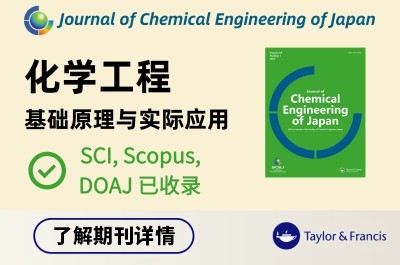



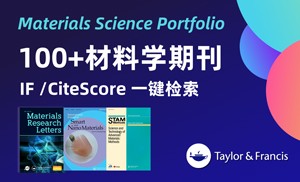



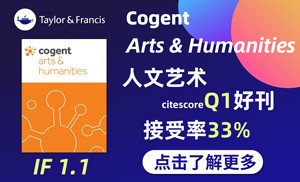
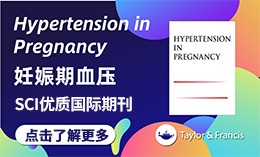


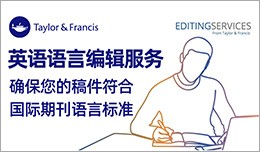


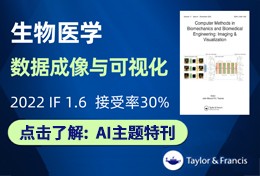

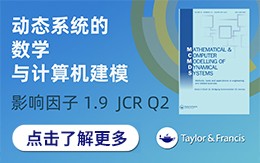

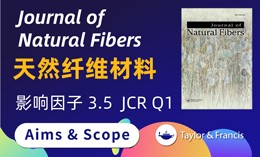

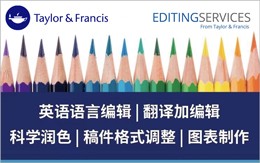



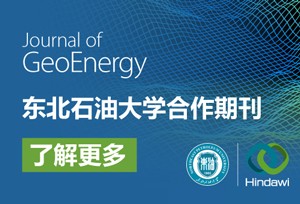
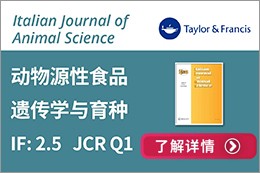


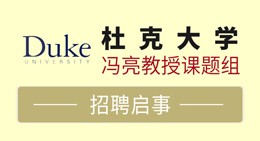



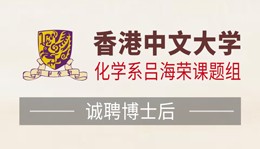

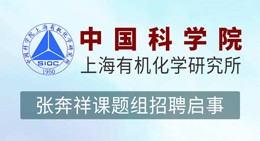
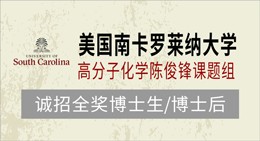




 京公网安备 11010802027423号
京公网安备 11010802027423号